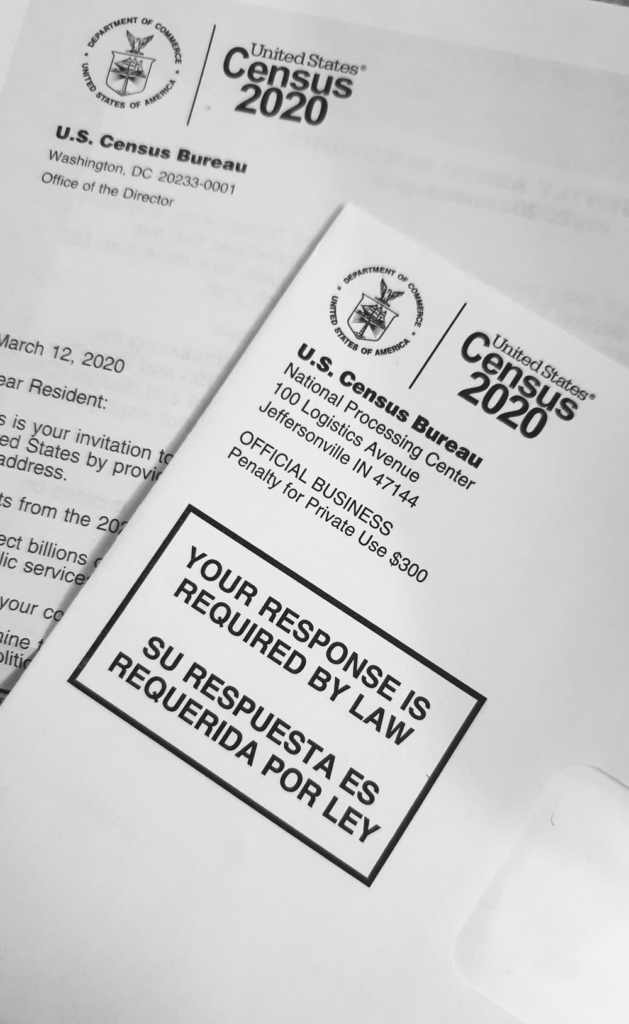
In your genealogy research, you’ll find yourself drawn to US census records right at the beginning. And that makes perfect sense!. The US Federal Census has been done every ten years since 1790. If your ancestors lived in the US, then you should easily find them in the census records, and that will give you a great head start in researching your family history..
While most beginners know that they need to check the US census records, they don’t necessarily know how to go about it. This can result in wasted hours, a lack of meaningful information, and a lot of frustration—even though you may be looking exactly where you need to.
So, here are a few simple tips to keep in mind when you’re tackling the US census records.
Try to Look for Every Relative in All the Available Censuses
There are different kinds of details you can find in each census, and they differ among enumeration periods, and they differ according to which census records you’re reviewing – for example, state census records are different from federal census records, and are usually not done in the same year.. The most recent censuses offer the most details related to immigration, naturalization, education, property, neighborhood, and so on.
Moreover, the differences in censuses can help you trace important life changes such as deaths of family members, changes in heads of households, and marriages.
Try to Look for A Sibling with An Unusual Name
If you can’t seem to find one of your direct ancestors in the census records, if a sibling had an uncommon name, try searching for that individual. Common names like Alice, Mary, or John and William can make your search harder, but uncommon names may turn up easily in an online search. If they lived in the same household, you might even find the ancestor you were actually looking for in the same entry.
Try Searching Without A Name
It’s quite common for names to be recorded with the wrong spelling in the census records, so it could be a good idea to try searching without your ancestor’s name.
What you essentially need to do is that you’ll put in all of the information like location, age, gender, and everything you already know about the ancestor—except their name. This will narrow down your search to a handful of results, which you can then easily sift through.

Establish Upper and Lower Limits
If you don’t know an exact year of birth or death, try to stick to a reasonable estimate based on other records you already have. For instance, a photo of a headstone could give you some idea.
The census occurs every 10 years, so if your ancestors lived to be around 70, they should appear in 6 to 7 censuses at most. Make sure you’re not wasting time looking at the wrong records.
Get Help from An Online DNA Detective
If you want to go through the US census records like a pro—it’s best to get a professional on board.
Call us to learn more about the US census records and how you can tackle them with our and traditional genealogy services.
